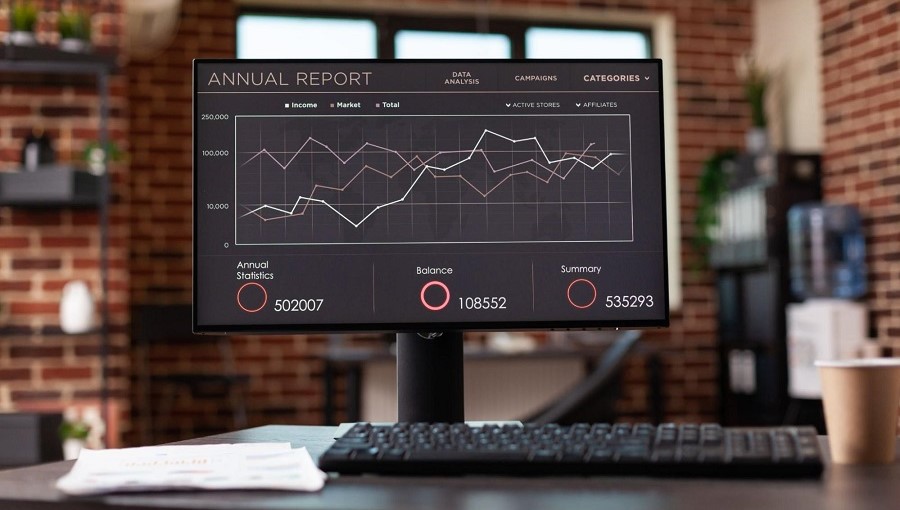
In the complex world of options trading, making informed decisions is crucial to achieving success. An option calculator is a powerful tool that can significantly enhance your trading strategy by providing detailed insights and data-driven analysis. Whether you are a novice trader or an experienced investor in Share India, understanding how to leverage it can help you optimise your trades and improve your overall performance. Here are seven ways an option premium calculator can enhance your trading strategy.
Table of Contents
1. Accurate Pricing of Options
One of the fundamental uses of an option calculator is to determine the fair value of an option. By inputting parameters such as the underlying asset price, strike price, time to expiration, volatility, interest rates, and dividends, the calculator can estimate the theoretical price of an option. This helps traders compare the market price with the calculated value to identify mispriced options, enabling them to make more informed buy or sell decisions.
2. Risk Assessment and Management
Effective risk management is essential in options trading, and an option calculator plays a crucial role in this aspect. By analysing various scenarios and their potential outcomes, traders can assess the risk associated with different strategies. The calculator provides metrics such as delta, gamma, theta, vega, and rho, which are collectively known as the Greeks. These metrics help traders understand how changes in market conditions can affect the value of their options, allowing them to manage risk more effectively.
3. Strategy Comparison
Options trading involves a variety of strategies, each with its own risk-reward profile. An option trading calculator enables traders to compare different strategies by calculating their potential returns and risks. For instance, traders can evaluate the performance of a covered call, a straddle, a strangle, or a butterfly spread under various market conditions. This comparative analysis helps traders select the strategy that best aligns with their market outlook and risk tolerance.
4. Profit and Loss Estimation
Estimating potential profits and losses is a critical component of any trading strategy. An option calculator provides traders with detailed profit and loss (P&L) projections for different scenarios. By inputting various price levels of the underlying asset and time frames, traders can visualise the P&L profile of their trades. This helps in setting realistic profit targets and stop-loss levels, thereby improving trade planning and execution.
5. Volatility Analysis
Volatility is a key factor in options pricing and trading. An option trading calculator allows traders to analyse both historical and implied volatility, providing insights into market sentiment and potential price movements. By comparing the implied volatility of an option with its historical volatility, traders can identify opportunities for trading volatility itself. For example, if the implied volatility is significantly higher than the historical volatility, it might indicate that the option is overpriced, presenting a potential selling opportunity.
6. Sensitivity Analysis
Sensitivity analysis involves examining how the price of an option changes in response to different variables. An option premium calculator can perform sensitivity analysis by adjusting inputs such as the underlying asset price, time to expiration, and volatility. This helps traders understand how sensitive their option positions are to changes in market conditions. For example, by analysing the delta of an option, traders can gauge how much the option price will change with a one-point move in the underlying asset, allowing for better position management.
7. Customised Scenario Planning
Options trading is often influenced by various market scenarios and external factors. An option calculator allows traders to create customised scenarios to evaluate the potential impact on their trades. By simulating different market conditions, such as sudden price movements, changes in volatility, or shifts in interest rates, traders can anticipate potential outcomes and adjust their strategies accordingly. This proactive approach helps in mitigating risks and capitalising on opportunities as they arise.
How to Use an Option Calculator Effectively
To fully benefit from an option profit calculator in India and elsewhere, traders should follow these steps:
- Input Accurate Data: Ensure that all input parameters, such as the underlying asset price, strike price, expiration date, volatility, interest rates, and dividends, are accurate and up-to-date. This ensures the reliability of the calculated results.
- Understand the Greeks: Familiarise yourself with the Greeks (delta, gamma, theta, vega, and rho) and their implications. Understanding how these metrics affect option prices helps in making informed trading decisions.
- Compare Strategies: Use it to compare different trading strategies under various market conditions. This helps in identifying the most suitable strategy based on your market outlook and risk tolerance.
- Perform Scenario Analysis: Regularly perform scenario analysis to evaluate the potential impact of different market events on your trades. This proactive approach helps in preparing for unexpected market movements.
- Monitor Volatility: Keep an eye on both historical and implied volatility.Understanding the volatility landscape helps in identifying potential trading opportunities and managing risk effectively.
Integrating an option calculator into your trading strategy is a smart move for any trader looking to enhance their decision-making process. By understanding and utilising the various features and benefits of an option profit calculator in India and elsewhere, you can gain valuable insights, manage risks effectively, and ultimately improve your trading outcomes. Share India recognises the importance of equipping traders with the right tools and knowledge to improve performance in the financial markets.